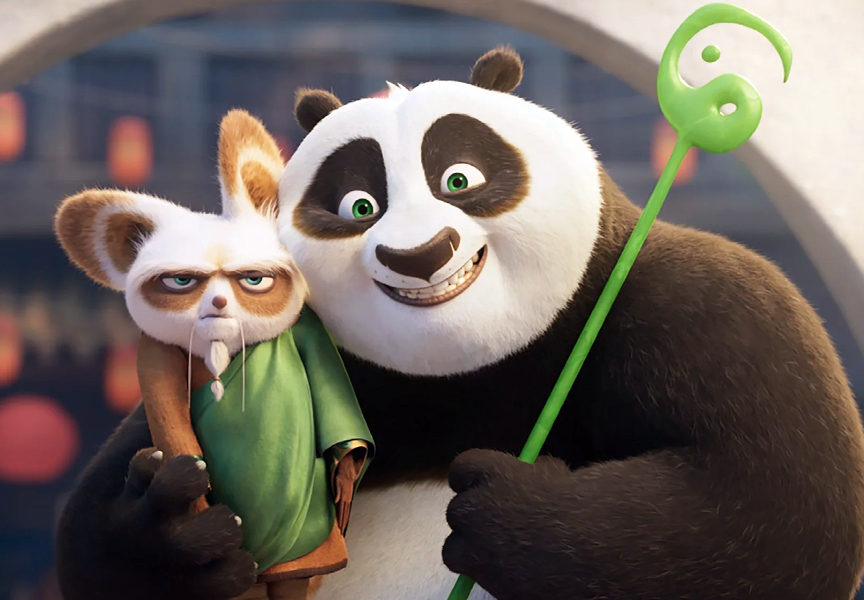Random Free Articles
- Shaolin Rou Quan in Medicine and Health Promotion
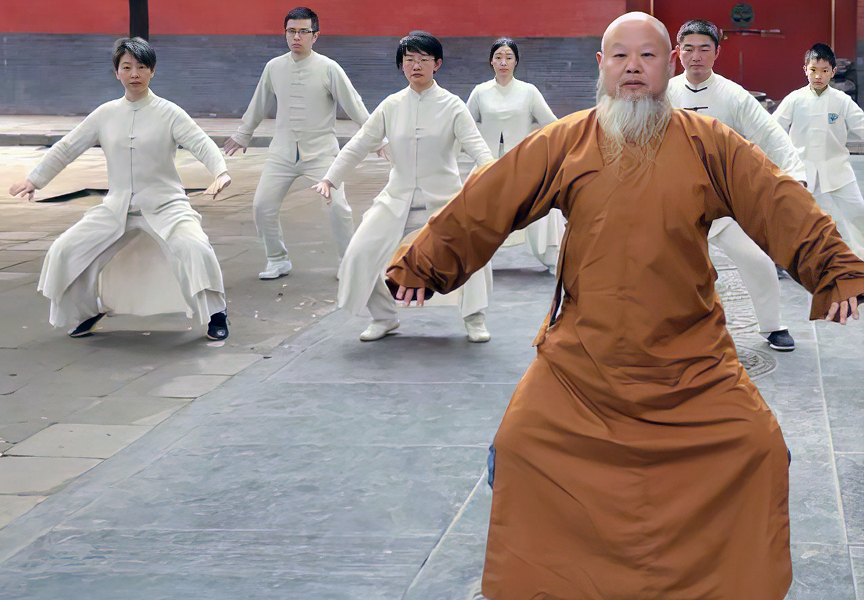
For centuries, the Shaolin Temple in China has been celebrated as the birthplace of martial arts, known for its legendary kung fu techniques and the dedication of its monks. While martial arts are primarily associated with self-defense and physical fitness, there is a lesser-known aspect of Shaolin culture that has been gaining recognition in recent years: Shaolin Rou Quan [Chin.: Shàolín Róu Quán 少林 柔拳]. This gentle and graceful…
- Unveiling the Hidden Arsenal of Shaolin Kung Fu
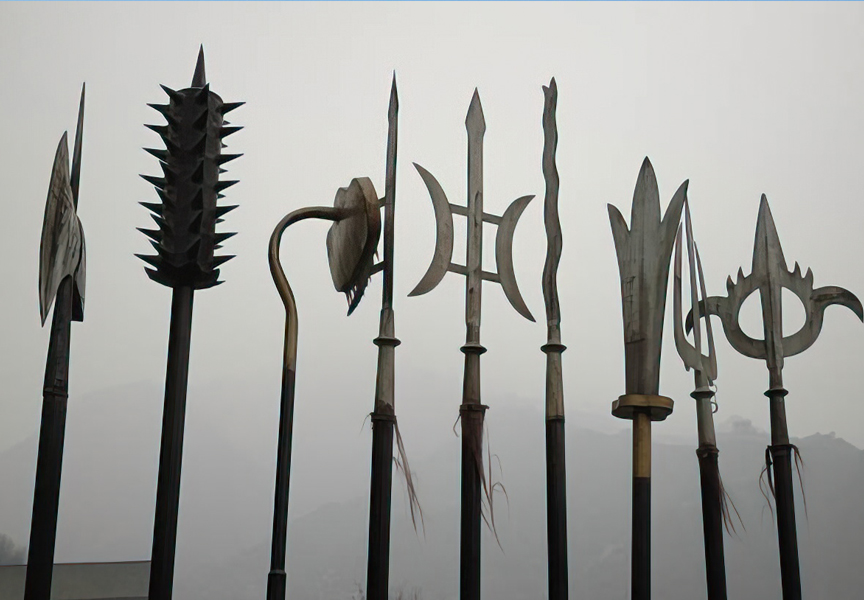
Everyday Objects as Martial Weapons Kung Fu, with its diverse array of styles, is not confined to the realm of empty-hand combat. In many traditions, practitioners delve into the intricate world of weapon techniques, exploring both military and non-military implements. Beyond the traditional weapons such as sabers and halberds, a fascinating aspect of Kung Fu lies in its utilization of everyday objects as formidable tools for self-defense.…
- Every Competitor A Champion in Their Own Right
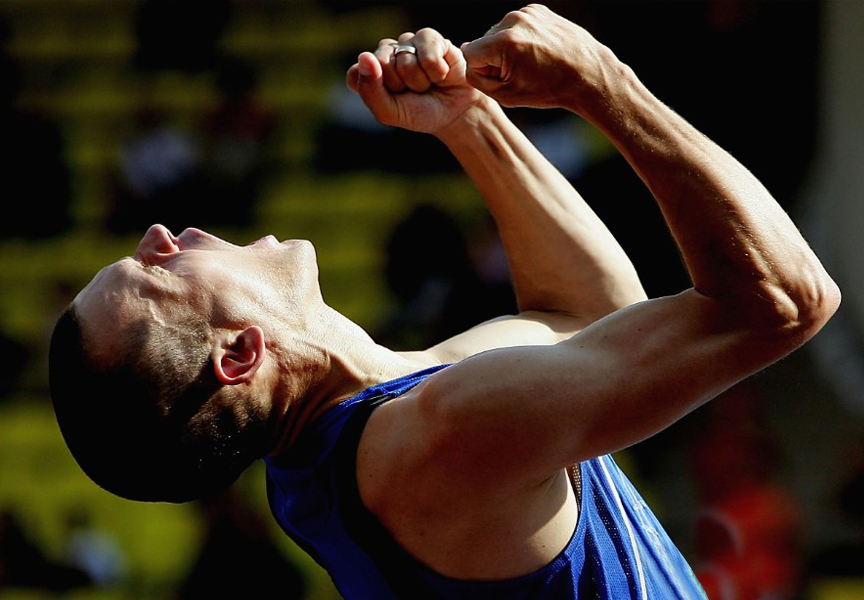
In the world of sports, competitions, and life in general, we often focus on the victors, the ones who stand atop the podium, wearing the gold, silver, and bronze medals. But let us not forget that a champion is not defined solely by their position – a champion is anyone who consistently gives their best every time they step onto the field, court, or any competitive arena. It's not just about finishing first, second, or third; it's…
- Shaolin's Chain Fist
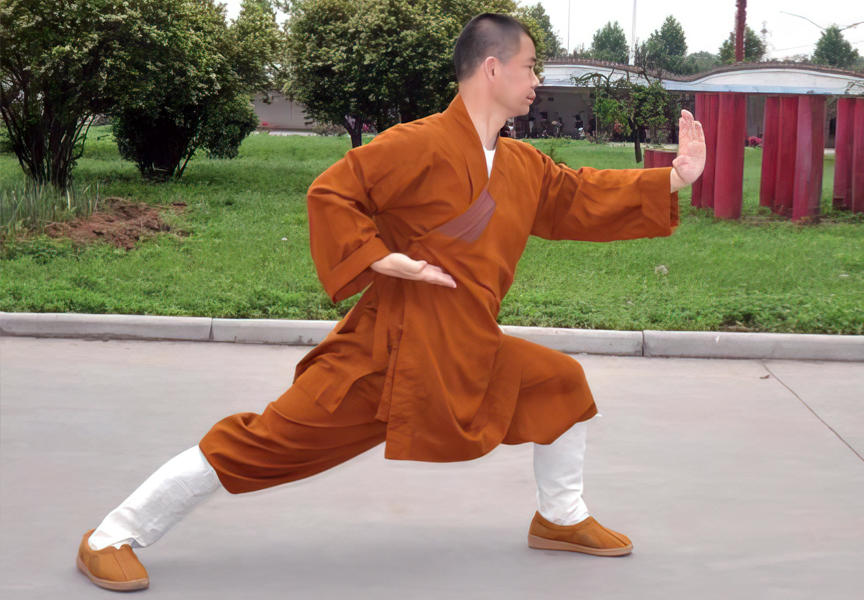
Unraveling the Mysteries of Shaolin's Chain Fist In the vast realm of Shaolin Wu Gong, the Lián Huán form [Chin.: liánhuánquán 连环拳], meaning "Chain Fist," stands as a fundamental practice that follows the mastery of the 5 Technique Fist [Chin.: wǔbùquán 五步拳]. This compact form, though small in appearance, carries immense significance in the Shaolin tradition. Characterized by simple yet powerful movements,…
- Forms and their use
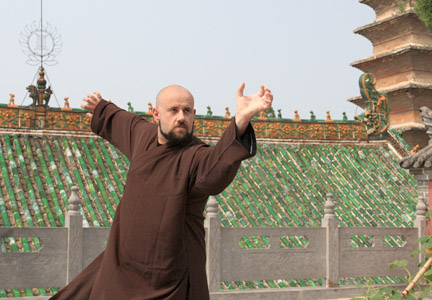
The term Forms means the combination of several techniques, organized by their initiators, in order to present their experience and knowledge from a real battle and which they can pass on to future generations. Masters that created the Forms which have reached to this day, were perfectly aware of the styles, were experienced in the techniques, in order to be able to see the advantages and disadvantages of the form, the techniques, the sequence…

